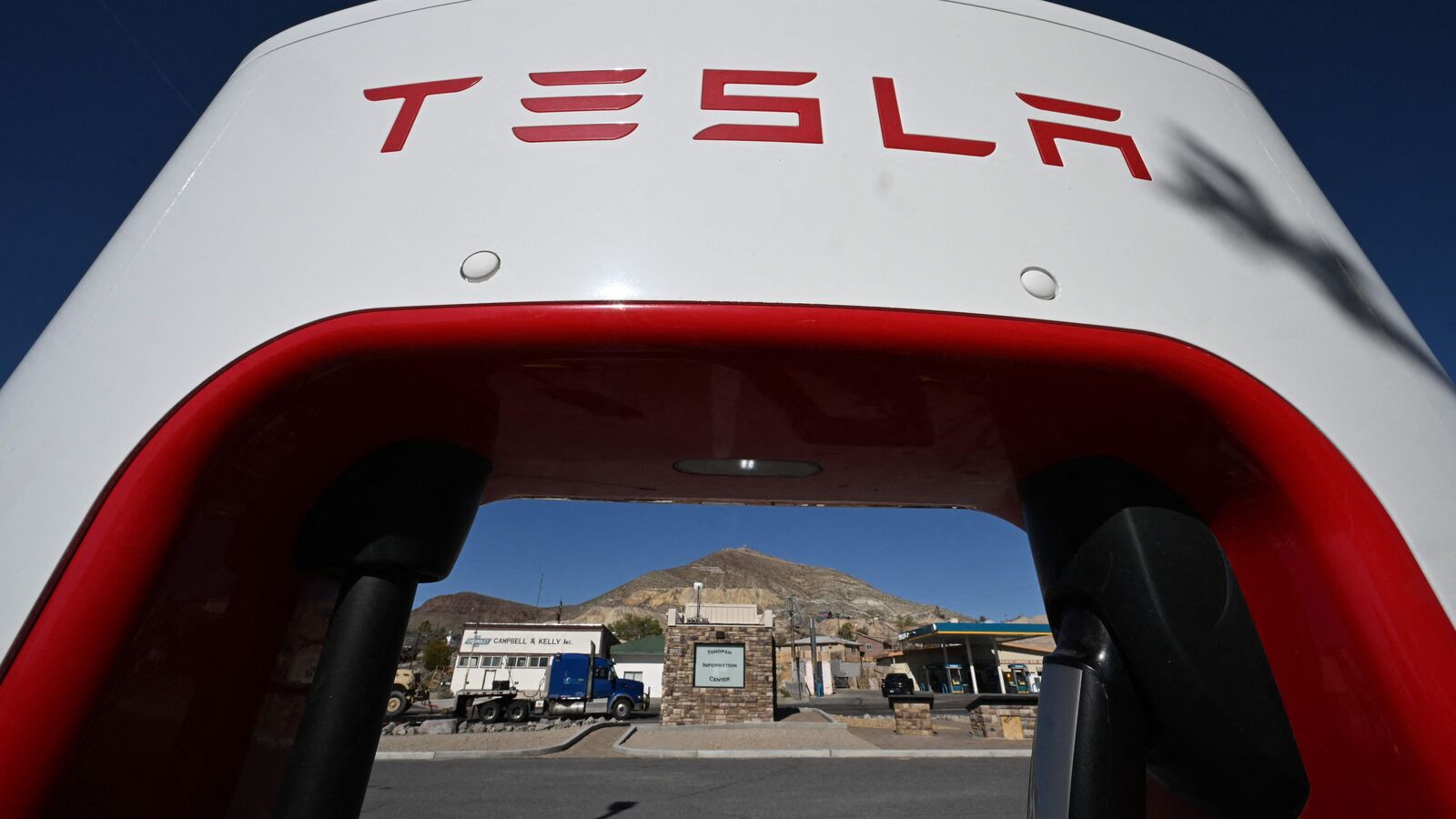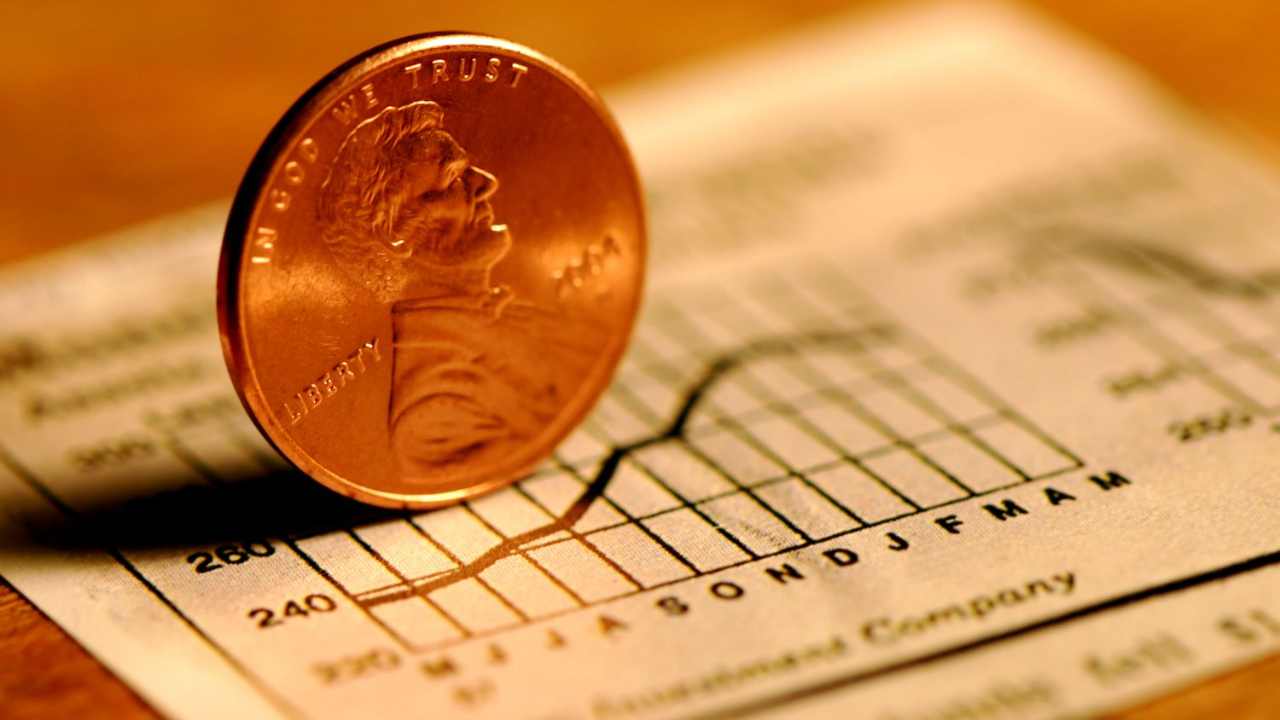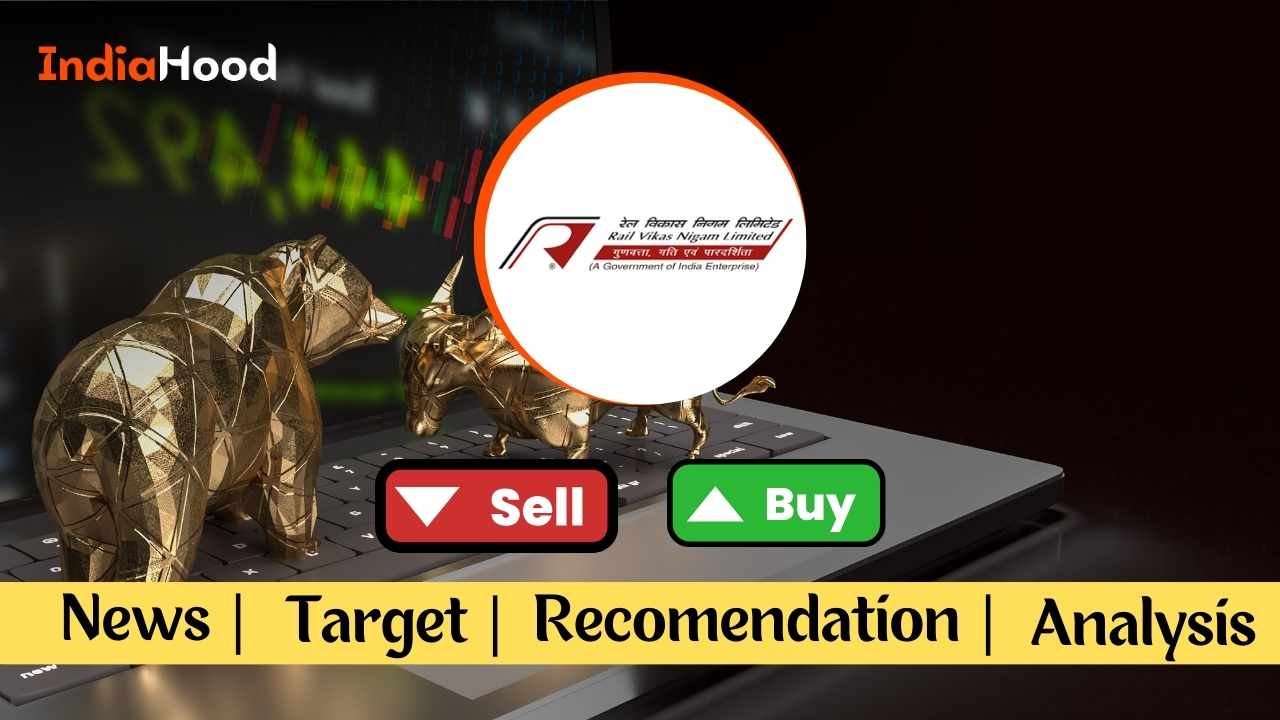During a highly anticipated event, Elon Musk introduced Tesla Inc.’s revolutionary self-driving taxi, reigniting interest in the future of autonomous transportation. However, the event left many investors skeptical, causing Tesla’s stock to drop as questions emerged about the company’s ability to meet its ambitious targets.
Musk showcased sleek prototypes including a two-door sedan known as the Cybercab, a van model, and an updated humanoid robot version. The Cybercab, an autonomous vehicle devoid of a steering wheel and pedals, is projected to cost under $30,000, with production likely commencing in 2026.
While the event took place in a movie studio lot near Los Angeles, it fell short in providing critical details about how Tesla plans to transition from advanced driver-assistance systems to fully autonomous vehicles. The presentation lacked necessary specifics regarding regulatory challenges and whether Tesla intends to operate its own fleet of Cybercabs.
Analysts at Jefferies voiced their concern, describing the Cybercab rollout as seemingly “toothless,” reflecting broader worries within the investment community about Tesla’s ambitious promises.
Following the event, Tesla’s shares experienced a sharp decline, plummeting as much as 10% in New York trading—the greatest single-day drop in over two months. By midday, shares were down 7.6%, erasing approximately $58 billion in market valuation, despite a prior surge of nearly 70% since mid-April, driven by excitement surrounding the event.
Competing ride-hailing companies like Uber and Lyft saw significant gains on the back of the lackluster unveiling, with Uber shares reaching an all-time high. This shift underlined investor apprehension regarding Tesla’s entry into the robotic taxi market.
Tesla has historically struggled to meet Musk’s timelines for new product developments, particularly in the realm of self-driving technology. The CEO had previously stated in 2019 that over a million robotaxis would be operational by 2020, a claim that remains unfulfilled.
“The only concrete point made was the $30,000 price tag for the Cybercab,” explained Nancy Tengler, CEO of Laffer Tengler Investments, who attended the event. While she acknowledged the innovative concepts shared, she emphasized the absence of substantial timelines and data.
Tesla continues to market its Full Self-Driving (FSD) suite, which, despite its name, necessitates constant driver supervision, challenging claims of autonomy. Musk did offer a potential timeline for the future, suggesting that Model 3 and Model Y owners in Texas and California might not need oversight for FSD features in the upcoming year.
Additional concepts revealed at the event included a Robovan capable of transporting up to 20 individuals, as well as enhanced versions of the humanoid robot named Optimus. However, Musk refrained from providing a timetable for when these vehicles would enter production.
Comments from RBC Capital Markets analyst Tom Narayan highlighted that investor sentiment leaned towards disappointment due to the lack of clear timelines and numerical data regarding Tesla’s offerings.
Design and Anticipated Timeline
The Cybercab’s launch event was initially postponed by two months as Musk sought design adjustments. This futuristic vehicle features upward-opening “butterfly” doors and lacks traditional driving controls.
Gene Munster, managing partner of Deepwater Asset Management, commented on the impressive design but expressed cautious optimism among investors due to the long lead time before market readiness.
When questioned about the Cybercab’s availability, Musk hedged his response, suggesting that while he tends to be overly optimistic with timelines, a 2026 launch might be feasible.
Regulatory Concerns and Market Outlook
Adding to the uncertainty, former President Donald Trump raised concerns during a recent event about the viability of autonomous vehicles in the U.S. He expressed skepticism about public acceptance and safety of such technologies. Trump emphasized the need for regulatory caution regarding the operations of self-driving cars.
Reinforcing investor concerns, many analysts highlighted their desire for Tesla to provide more information about its exciting yet elusive affordable vehicle models anticipated for early next year. The lack of updates has fueled unease surrounding the company’s sales outlook, particularly as Tesla aims to achieve record deliveries to avoid its first annual decline.
“We were disappointed by the lack of detail regarding Tesla’s near-term product roadmap,” commented Garrett Nelson from CFRA Research. “The event did little to clarify concerns regarding Tesla’s intermediate-term earnings expectations.”












